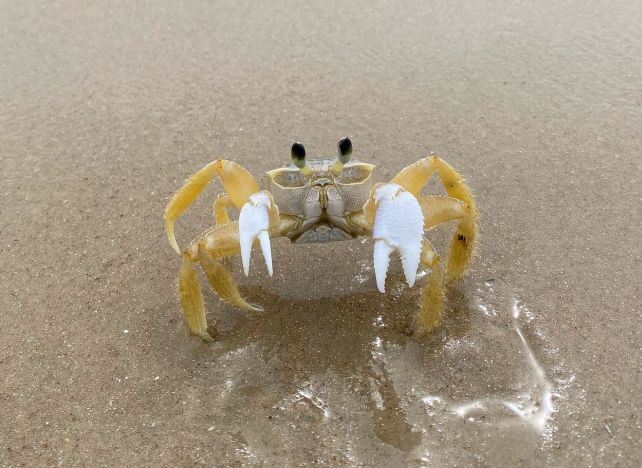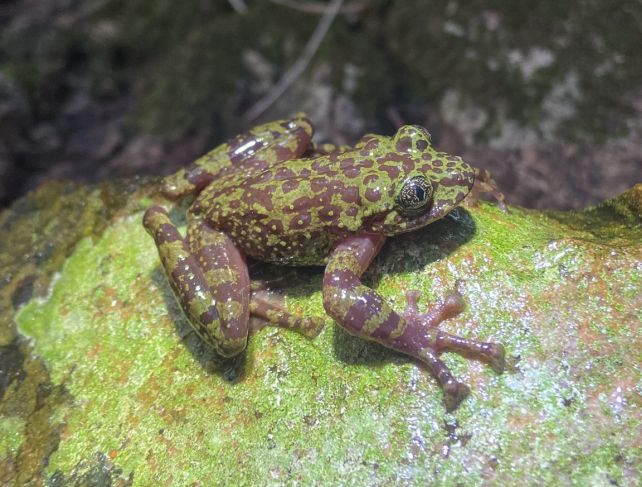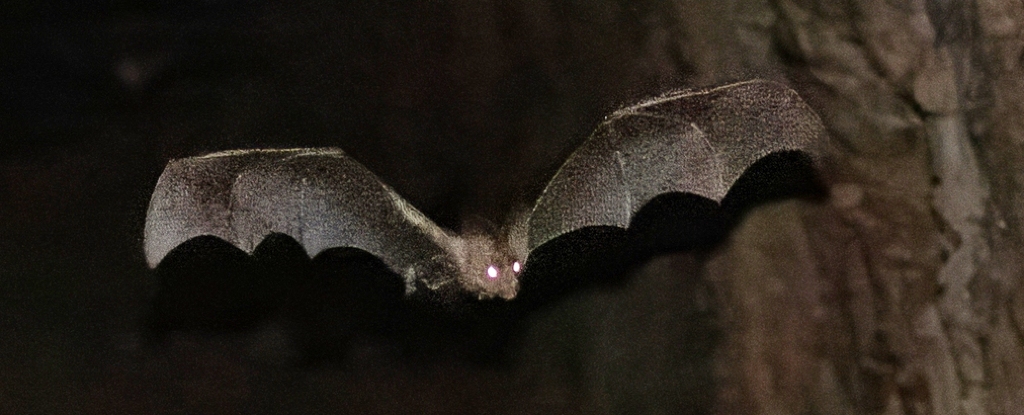It may surprise you to know that the world is full of ghosts.
Not the specters of the deceased lingering long after their bodies have gone – but a number of pale, creeping, shy animal species named for the elusive phantoms that haunt our imaginations.
In honor of the spooky season, please join us to celebrate these creatures of the uncanny, and the marvelous biodiversity of our beautiful, endlessly fascinating world.
Ghost bat (Macroderma gigas)
Ghost bats are Australia’s largest species of microbat, and the only carnivorous bat on the continent. They live in caves and old mine shafts, emerging at night to feast on insects, frogs, small reptiles, birds, and even other small bats, crunching up their bones with their powerful jaws.
These pale, ghostly animals sound intimidating, but their little bodies grow barely larger than the palm of your hand. They’re currently considered a threatened species, as their habitats are being lost and degraded due to mining activity. That’s the true horror.
Ghost crabs (Ocypodinae)

Ghost crabs, by contrast, are common. They live on intertidal beaches in Earth’s tropical and subtropical latitudes, skittering about so fast that you might easily miss them if you blink. They are usually pale in coloration making them hard to see against the sand, active at night, and zip in and out of view like … well, ghosts.
They have long, prominent eyestalks, can make rasping noises with their claws, and even grind together teeth in their bellies to growl at their enemies. Some can even change color to optimize their camouflage abilities. With such an excellent set of survival tools at their disposal, is it any wonder that nature wants to keep making crabs?
Ghost sharks (Chimaeriformes)
frameborder=”0″ allow=”accelerometer; autoplay; clipboard-write; encrypted-media; gyroscope; picture-in-picture; web-share” referrerpolicy=”strict-origin-when-cross-origin” allowfullscreen>
Many strange, silent things haunt the cold, dark depths of the ocean, but among the strangest of all are the chimaeras, AKA ghost sharks or spookfish. These are not sharks, but an order of cartilaginous fish that are closely related to sharks and rays, mostly found in deep waters everywhere around the world except polar waters.
They are well named – they do look quite spooky, with grooves and dots over their snouts and faces that look like incision scars – but they are relatively elusive, unless you’re a crustacean or a starfish. Then, you might find yourself crushed between the ghost shark’s tooth plates and devoured.
The grooves are known as lateral line canals, and they form part of a chimaera’s sensory system, as do the dots. In the ocean depths at which many of these animals live, the sun’s light doesn’t penetrate – which means they need some other means of sensing their way and their prey, down there in the permanent darkness.
Ghost moth (Hepialus humuli)
frameborder=”0″ allow=”accelerometer; autoplay; clipboard-write; encrypted-media; gyroscope; picture-in-picture; web-share” referrerpolicy=”strict-origin-when-cross-origin” allowfullscreen>
There is a whole slew of moths that people informally refer to as ‘ghost moths’, but the one true ghost moth of all the ghost moths is Hepialus humuli, native throughout most of Europe. The males of this species are ghostly white, the females delicately patterned gold; it’s the white males that are thought to be the reason the moth is nicknamed for specters, since white moths are, in myth and folklore, often associated with the souls of the deceased.
But it could be the strange dance of the wooing males that give the moths their moniker. When it comes time to attract a mate, the males congregate in a gathering known as a lek, to perform seductive dance. They flutter their wings, and hover up and down, all the while emitting stinky pheromones that are apparently very sexy, if you are a moth.
Ghost frogs (Heleophrynidae)

At first glance, there’s nothing especially ghostly about ghost frogs, belonging to the family Heleophrynidae, native to South Africa. It’s not even clear why they are referred to as ghost frogs; some say that it’s because they’re common in Skeleton Gorge, but no one knows for sure.
What we do know is that they are the oldest known group of ‘new’ frogs, or Neobatrachia, of all the other species belonging to the suborder.
They live most of their lives in the water of swift-moving streams, clinging to rocks with their excellently large grippy toes, emerging to mate when the Moon is full, like other amphibian species. Perhaps frogs have been the true werewolves all along.
Ghost octopus (Casper)
frameborder=”0″ allow=”accelerometer; autoplay; clipboard-write; encrypted-media; gyroscope; picture-in-picture; web-share” referrerpolicy=”strict-origin-when-cross-origin” allowfullscreen>
This cute little octopus is so rare that it doesn’t even have a formal name yet. It was discovered in abyssopelagic waters in 2016, below depths of 4,000 meters (13,123 feet), and since no specimens have ever been collected, scientists have been unable to identify where in the octopus family tree it belongs.
It has been informally named “Casper” because it is cute and pale and translucent, like a friendly lil ghost, and we do know a few things about it. It lays its eggs on the stems of dead sea sponges that grew on manganese nodules at the bottom of the ocean.
Then, it wraps itself around the clutch of eggs to protect them while they incubate. This is normal for octopuses; the mother will, literally, die to protect her eggs, quietly starving to death to give them the best chance for survival.
So, in a way, all octopuses are ghosts – revenants of their parent’s sacrifice, propagating throughout the ocean.





